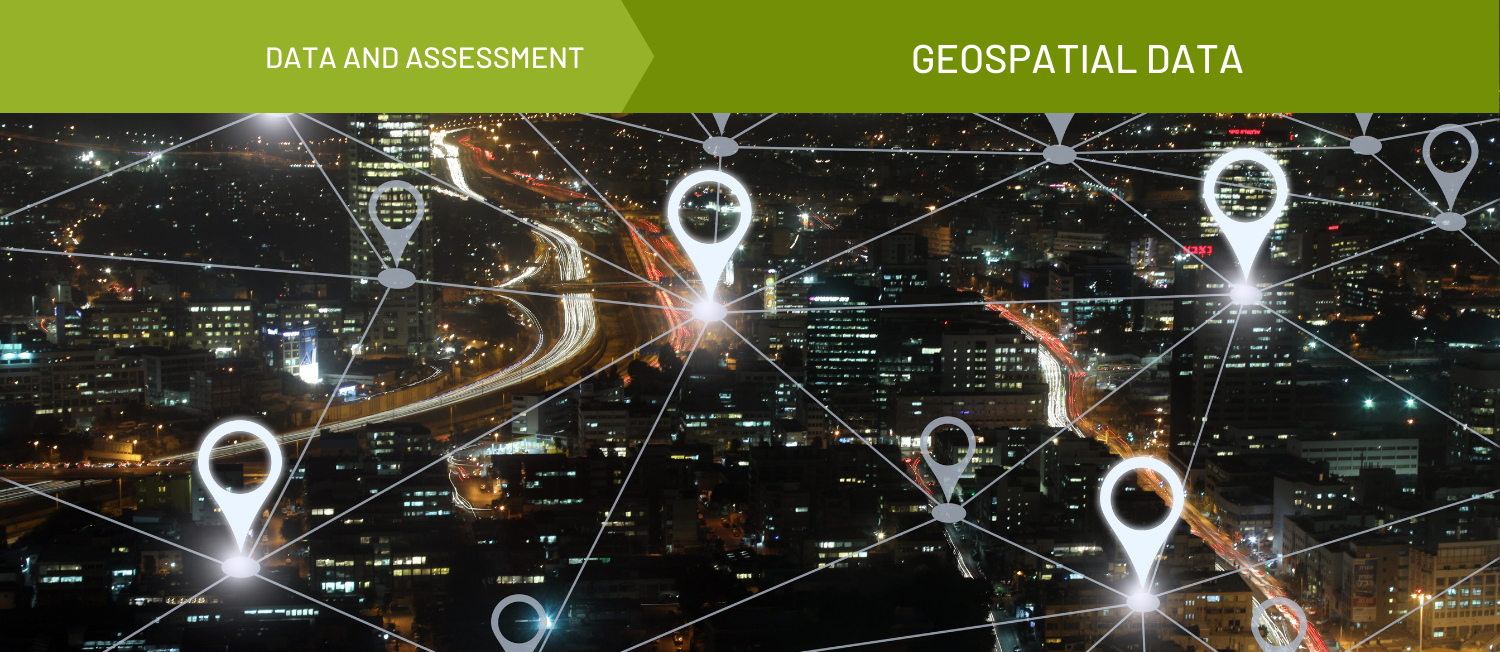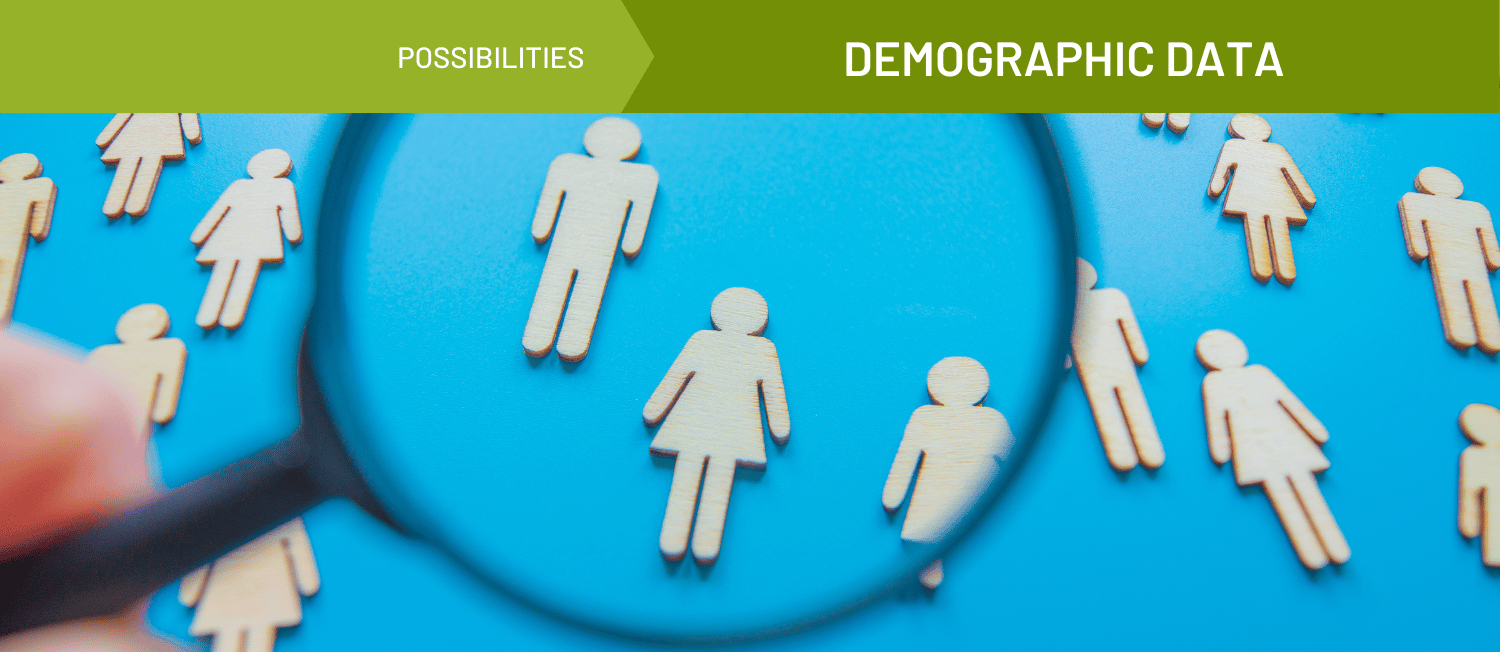Our Favorite Data Sources Part II
In community change work, we are often called upon to use data for different circumstances—to assess community conditions, monitor trends, and prioritize areas for investment. Gathering, organizing, and evaluating community data is one step in the process; using that data to create policy and system change is next. Detailed information accessed through publicly available data dashboards, indexes, and/or mapping tools can make a profound difference through informing policy and system change that builds on community assets and addresses gaps in resources and/or supports.
Often, U.S. governmental agencies and other organizations make data available to the public online, and today, accessing data is easier than ever, with a world of data just a few clicks away. But, knowing where to go and what to look for remains a challenge. Navigating the online data landscape can still pose challenges like where to find relevant data, and how to evaluate the quality of datasets available online.
What makes a useful data source?
It’s important to access data from reputable sources; you’ll want to have trust in the organizations publishing the data and know the methods used are sound. To ensure use of a reputable source, users may want to research the organization or entity hosting the data, as well as search for published data methodology. Useful data sources provide recent (or timely) data at no cost in a simple, user-friendly format, as well as data that are granular and have good geographic coverage for the entire U.S. (or project catchment area). It’s especially valuable to access upstream data, like data regarding housing, transportation, and community connectedness that help us explore vital community conditions.
Though extremely useful, timely data can be difficult to find online. When exploring online data dashboards and other data tools, it’s important to search for the date when the data were collected and/or released to ensure exploration of recent, relevant data.
This is Part II of the Our Favorite Data Sources Series (see Part I here!) The data sources shared here are great for browsing—their interfaces make it easy for users to look at the data directly via maps or other visualizations and share curated indicators from a specific source, or related to a particular topic. These types of sources often also provide sensemaking and context to support data interpretation. Data sources shared in Part I are great for extracting raw data and often provide users with easy access to download data that can be used to perform additional analysis and/or visualization.
Below are some of our favorite online data sources to help changemakers understand community conditions and move towards community thriving. There are countless web-based data tools—do you have a favorite that didn’t make our list? Please share it with us here!
To explore more online data sources, explore Our Favorite Data Sources Part I, and the Community Indicator Library, which helps users find indicators relevant to their community change work, identify reputable datasets and sources for those indicators, and explore related topics on Community Commons. It contains many indicators commonly used in community health practice from sources that make data available nationwide at the county- or Census-tract level, such as the American Community Survey, PLACES, Food Access Research Atlas, and others.
Our Favorite Data Sources
Story
-
 Original
Original
Brought to you by Community Commons
Published on 04/08/2024
Related Topics




